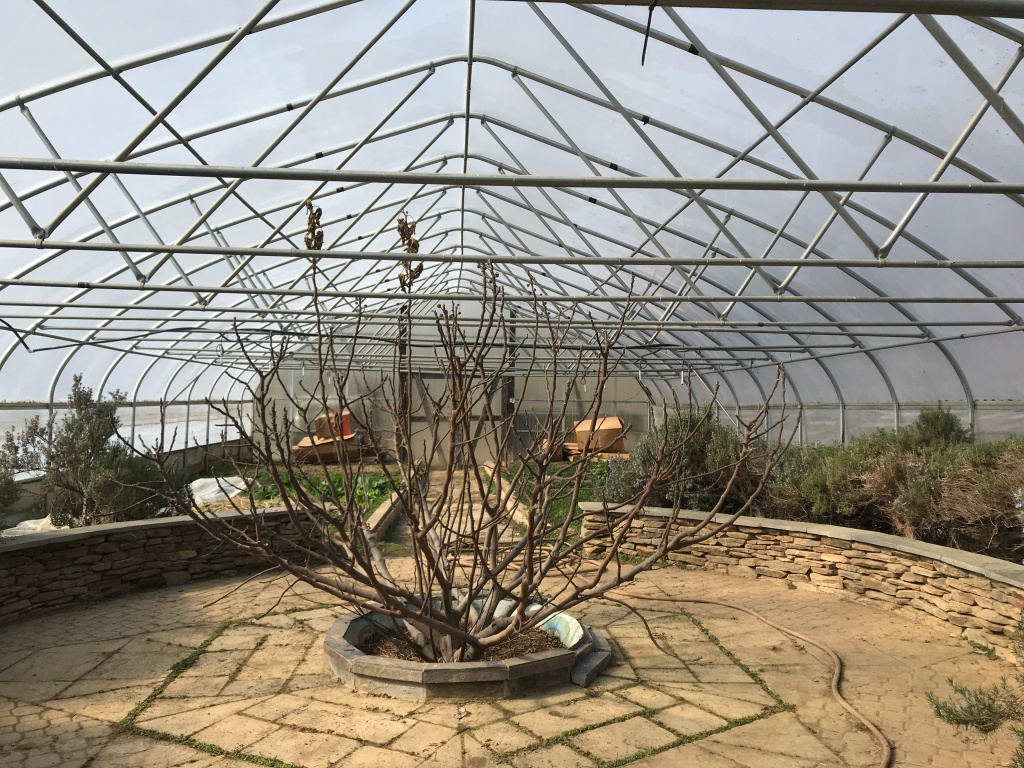I came to flowers later in my gardening life. I cut my teeth growing edibles. As a new gardener, I had a set of self-proclaimed black thumbs, little knowledge, a limited amount of resources, and couldn’t fathom why anyone would spend time cultivating plants that couldn’t be eaten. What was the point of flowers, really?
I soon learned how important flowers are to a healthy vegetable garden – and which ones can be eaten! As Lisa Mason Ziegler teaches, Vegetables Love Flowers. And so do bees and birds and other bugs that help our ecosystems thrive.
The year we started the farm, following a lesson on pollinators during the OSU Master Urban Farmer training program, I planted a bee highway in two beds that stretched across the farm east to west. Many of the plants were native perennials I purchased through the Worthington Gardening Club – Aster, Coneflower, Bee Balm, Sedum. Over time I added more; Yarrow and Columbine, Chives, Coreopsis and Black-Eyed Susan to name a few.
When those plants outgrew themselves, I started dividing them and selling the offspring to generate additional funds for our work. At our first sale in 2017, I sold maybe 100 plants.
Fast forward five years and we have over 40 different types of seedlings for sale and have partnered with our fabulous friend Bernadett Szabo who grows mostly medicinal and culinary herbs. I’ve expanded my offerings beyond native and perennial flowering plants to annuals as well.

Over my time on the farm I’ve come to realize flowers have lots of purposes. In addition to supporting pollinators and adding color to the landscape, people love to give and receive flowers. Flowers bring people joy. They make an occasion feel special. Our CSA members enjoy receiving bouquets alongside their edibles, and the community has supporting the farm and other nonprofits through additional sales.
At a sale I had last fall – “Buy the flowers before the frost kills them!” – a women who purchased a bouquet turned me onto Lisa Mason Ziegler’s work. In addition to her treatise on companion planting mentioned above, she has a ton of resources on extending the flower growing season. She even partnered with Johnny’s Seeds, like Eliot Coleman before her, to offer tutorials and recommendations on seeds and other supplies for growing Cool Flowers.
This season we’re trying some of Ziegler’s methods for jump-starting the flower season, and following some of her recommendations on varieties to grow. Some of these will be available at our 5th Annual Pollinator Lovers’ Plant Sale and Open House on May 1st.
I’m not ready to give up growing greens and tomatoes for flowers, but I have found found my love for them. And I look forward to sharing with you.

